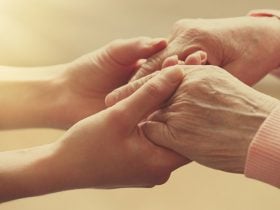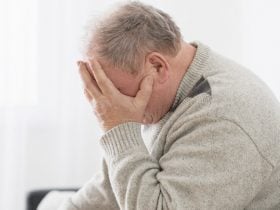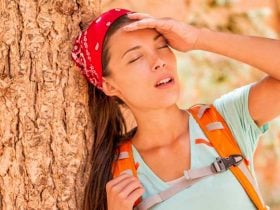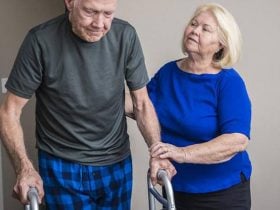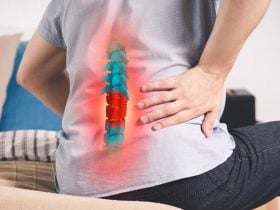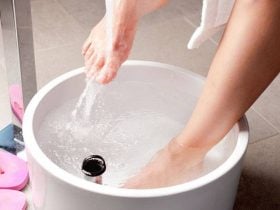Overview

Varicose veins are veins in your body that have become swollen, dilated, and overfilled with blood. The vein marks can usually be observed on the skin, where they appear enlarged, twisted, and purple or reddish. They are often painful to touch.
Veins have one-way valves that keep blood flowing in one direction and prevent them from flowing back. Varicose veins develop when these valves in the vein become faulty and allow blood flow in the wrong direction or collect instead of actively moving. As blood pools in the veins, they become enlarged and dilated.
This condition often affects veins in the leg, although it can show up in other parts of the body. It concentrates in the legs because the veins there are far from the heart. The heart isn’t as effective in pulling used blood back from such distance. It is also easier for blood to pool in them because gravity makes it harder for blood to flow back up.
Approximately 25 percent [1] of American adults have varicose veins. The condition is more common in women, especially pregnant women. Ageing, obesity, menopause, and family history can increase your chances of developing varicose veins.
Lifestyle changes can help prevent varicose veins or stop them from worsening. Avoid standing for too long, lose weight, or do exercises that help improve blood circulation in your body. Not all exercises are good for your veins. Weightlifting, for example, decreases blood circulation in the lower legs and may worsen varicose veins. This article discusses some great exercises you can do to help deal with varicose veins.


